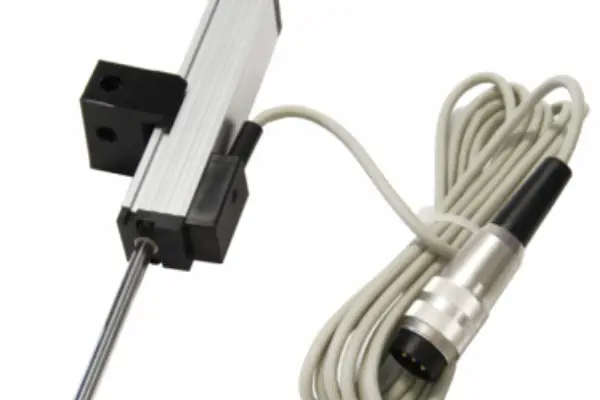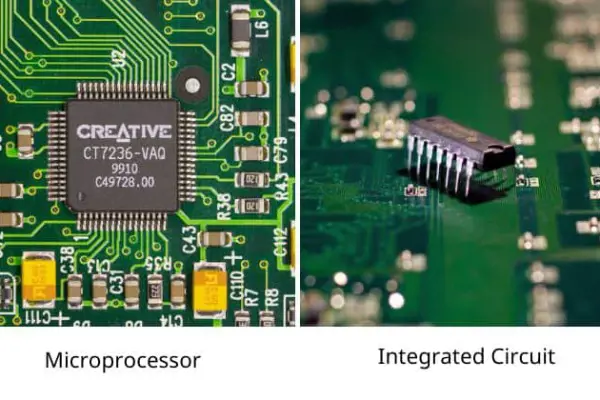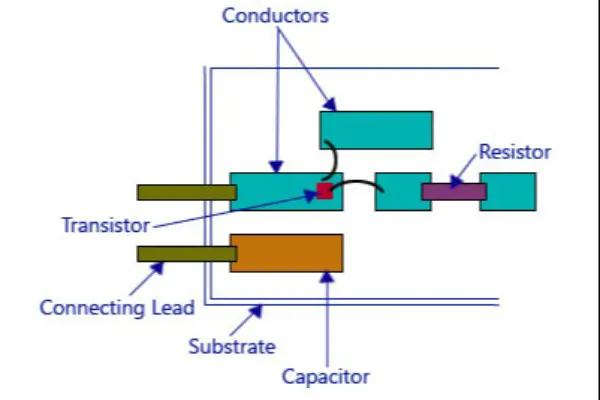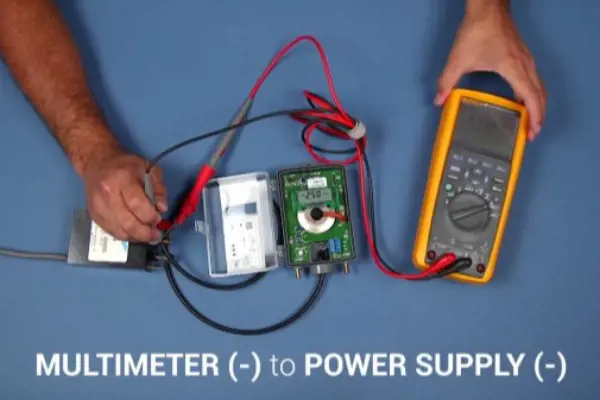What is Static Voltage Regulator
 Published: Jul 14, 2023
Published: Jul 14, 2023
Contents
A static voltage regulator is an electronic component used to maintain a steady voltage level within an electronic circuit, regardless of fluctuations in the input voltage or load variations. It provides a stable output voltage by compensating for changes in the input voltage and delivering a constant output voltage to the connected devices.
In this article, we will explore the features, working principle, and applications of static voltage regulators, offering valuable insights for electronics enthusiasts, hobbyists, and professionals. Understanding the functionality and benefits of static voltage regulators will empower you to design and develop reliable and stable power supply systems.
What is Static Voltage Regulator
A static voltage regulator is an electronic device that maintains a constant output voltage by adjusting the current flow in response to changes in input voltage or load conditions. It is designed to provide a stable and reliable power supply for electrical and electronic systems.
Compared to dynamic voltage regulators, such as switching regulators or linear regulators with feedback control, static voltage regulators provide a fixed output voltage rather than adjustable or variable output. They are generally simpler in design and offer reliable voltage regulation without the need for complex control circuits.
Types of Static Voltage Regulator
Here are 6 types of static voltage regulator,
|
Type of Static Voltage Regulator |
Description |
Photo |
|
Zener Diode Voltage Regulator |
Utilizes a Zener diode and current-limiting resistor to regulate voltage. The Zener diode maintains a constant voltage across its terminals. |
|
|
Series Voltage Regulator |
Employs a series pass element (transistor or power MOSFET) to regulate voltage. The output voltage is controlled by varying the resistance or impedance in the series element. |
|
|
Shunt Voltage Regulator |
Uses a shunt element (such as a Zener diode or voltage reference IC) in parallel with the load to divert excess current and maintain a constant voltage across the load. |
|
|
IC Voltage Regulator |
Integrated circuit (IC) voltage regulators integrate voltage reference, error amplifier, and pass element in a single IC package. Examples include 3-terminal regulators (e.g., 7805, 7812) and adjustable regulators (e.g., LM317). |
|
|
Transistor Series/Parallel Voltage Regulator |
Utilizes transistors, resistors, and capacitors in series or parallel configurations to regulate voltage. |
|
|
Magnetic Amplifier Voltage Regulator |
Controls the output voltage using magnetic amplifiers (saturable reactors) based on the principles of magnetic saturation. |
|
How Does a Static Voltage Regulator Work?
Static voltage regulators typically use feedback control mechanisms to regulate the output voltage. They compare the output voltage with a reference voltage and adjust the voltage regulation circuitry to maintain a stable output. This is achieved through the use of feedback components such as operational amplifiers, voltage references, and error amplifiers. Here are the steps:
Step1. Voltage Reference: The regulator establishes a stable voltage reference, typically using a component like a Zener diode or voltage reference IC. This reference voltage serves as a benchmark for the desired output voltage.
Step2. Voltage Comparison: The regulator continuously compares the output voltage with the reference voltage to detect any deviations or changes.
Step3. Error Detection: If the output voltage deviates from the reference voltage, an error signal is generated. The magnitude and direction of the error signal indicate the voltage difference between the desired and actual output voltages.
Step4. Error Amplification: The error signal is amplified by an error amplifier. This amplification ensures that the control element can effectively respond to small variations in the output voltage.
Step5. Control Element Adjustment: The amplified error signal drives a control element, such as a transistor or integrated circuit. The control element adjusts the current flow to the load in response to the error signal.
Step6. Feedback Loop: The regulator operates in a feedback loop. As the control element adjusts the current flow, the output voltage is modified. The feedback loop continuously monitors and compares the output voltage to the reference voltage, iteratively adjusting the control element to reduce the voltage deviation.
Step7. Stability and Regulation: Through the feedback loop, the regulator continuously adjusts the control element to maintain the desired output voltage. This compensates for changes in the input voltage or load conditions, ensuring a stable and regulated output voltage.
Application of Static Voltage Regulator
Here are the application of stactic voltage regulator with popular models,
|
Application |
Commonly Used Models |
Key Features |
|
Power Supplies for Electronics |
LM7805, LM7812, LM317 |
- Provides stable voltage output for electronic devices - Overcurrent and thermal protection - Wide input voltage range - Low dropout voltage - Adjustable output voltage (LM317) |
|
Industrial Automation |
LM723, TL431, L4940 |
- Precise voltage regulation for control systems and motor drives - Current limiting and short-circuit protection - Wide temperature range operation - Adjustable output voltage (LM723) - Low dropout voltage (L4940) |
|
Automotive Electronics |
TLE4274, LM2940, LM7805 |
- Regulates voltage for automotive electronics systems - Reverse battery and thermal protection - Low quiescent current - Wide input voltage range - Automotive-grade components (TLE4274) |
|
Telecommunications |
LM1084, LT1963, TL7705 |
- Stable voltage supply for base stations and communication equipment - Low dropout voltage - Fast transient response - Overcurrent and thermal protection - Adjustable output voltage (LM1084) |
|
Medical Equipment |
LM137, LM1117, LM350 |
- Reliable voltage regulation for medical imaging, patient monitors, and laboratory instruments - Low noise and ripple - Adjustable output voltage (LM137, LM1117) - Overcurrent and thermal protection |
|
Aerospace and Defense |
MAX603, LT3080, LMS8117 |
- Voltage regulation for avionics, radar systems, and military equipment - High temperature and radiation tolerance - Low dropout voltage - Fast transient response - Adjustable output voltage (MAX603) |
|
Renewable Energy Systems |
LT4320, LT8490, LTC4357 |
- Regulates voltage in solar/wind power systems - Maximum power point tracking (MPPT) - Overcurrent and reverse polarity protection - High efficiency and low standby power consumption |
|
Critical Infrastructure |
TPS7A47, LT3050, LT3015 |
- Reliable voltage regulation for data centers, hospitals, and transportation systems - Low noise and high PSRR - Overcurrent and thermal protection - Wide input voltage range |
Advantages and Disadvantages of Static Voltage Regulator
Advantages of Static Voltage Regulator:
- Voltage Stability: Static voltage regulators provide stable and regulated output voltage, ensuring consistent power supply to connected devices despite variations in input voltage or load conditions.
- Simple Design: Static voltage regulators often have a relatively simple design, making them cost-effective and easy to implement in various applications.
- Fast Response: Static voltage regulators can respond quickly to changes in input voltage or load conditions, maintaining a stable output voltage in a short time.
- Noise and Ripple Reduction: Many static voltage regulators include filtering components that reduce noise and ripple in the output voltage, ensuring clean power supply for sensitive electronic circuits.
- Wide Range of Applications: Static voltage regulators are used in diverse applications, including consumer electronics, industrial equipment, automotive systems, and telecommunications, making them versatile and adaptable.
Disadvantages of Static Voltage Regulator:
- Fixed Output Voltage: Most static voltage regulators provide a fixed output voltage, which may not be adjustable or suitable for applications requiring variable voltage levels.
- Power Dissipation: Static voltage regulators dissipate power in the form of heat when adjusting the voltage, which can reduce overall system efficiency, especially in high-current applications.
- Limited Input Voltage Range: Some static voltage regulators have a limited input voltage range, requiring additional circuitry or external components to handle higher or lower voltage levels.
- Heat Dissipation: Static voltage regulators can generate heat during operation, necessitating proper heat sinking or cooling measures to prevent overheating and ensure long-term reliability.
- Power Efficiency: Compared to more advanced voltage regulation techniques like switching regulators, static voltage regulators may have lower efficiency, resulting in higher power consumption and potential energy wastage.
Conclusion
In conclusion, static voltage regulators play a crucial role in maintaining a stable and reliable power supply in electronic circuits. Their ability to compensate for variations in the input voltage and deliver a constant output voltage ensures the proper operation of voltage-sensitive devices and protects them from damage caused by voltage fluctuations.
When selecting a static voltage regulator, it is important to consider factors such as voltage rating, current capacity, and protection features to ensure compatibility and optimal performance. Stay updated with the latest advancements in voltage regulation technology, explore datasheets and technical documentation, and make informed choices when incorporating static voltage regulators into your projects. Embrace the stability and reliability offered by these regulators and unlock new possibilities in electronic design and power management.
 FAQ
FAQ
- Can static voltage regulators handle high-current applications?
- The current-handling capacity of static voltage regulators varies depending on the specific type and design. While some static voltage regulators are designed for low-power applications, there are high-current variants available that can handle currents in the range of several amps. It is important to select a regulator with a current rating that matches the requirements of the application.
- Are static voltage regulators adjustable?
- Many static voltage regulators offer adjustable output voltage options. These regulators include voltage divider circuits or feedback control mechanisms that allow the output voltage to be adjusted within a certain range. Adjustable regulators provide flexibility in meeting specific voltage requirements for different applications.
- Can static voltage regulators handle both step-up and step-down voltage regulation?
- The capabilities of static voltage regulators vary depending on the specific type and design. Some static voltage regulators, such as linear regulators, are typically used for step-down voltage regulation, where the output voltage is lower than the input voltage. However, switching voltage regulators can be designed to handle both step-up and step-down voltage regulation by employing appropriate circuit configurations.
TL431AIPK In Stock: 5874 $0.085
 Popular Industry Focus
Popular Industry Focus
Hot Products
-
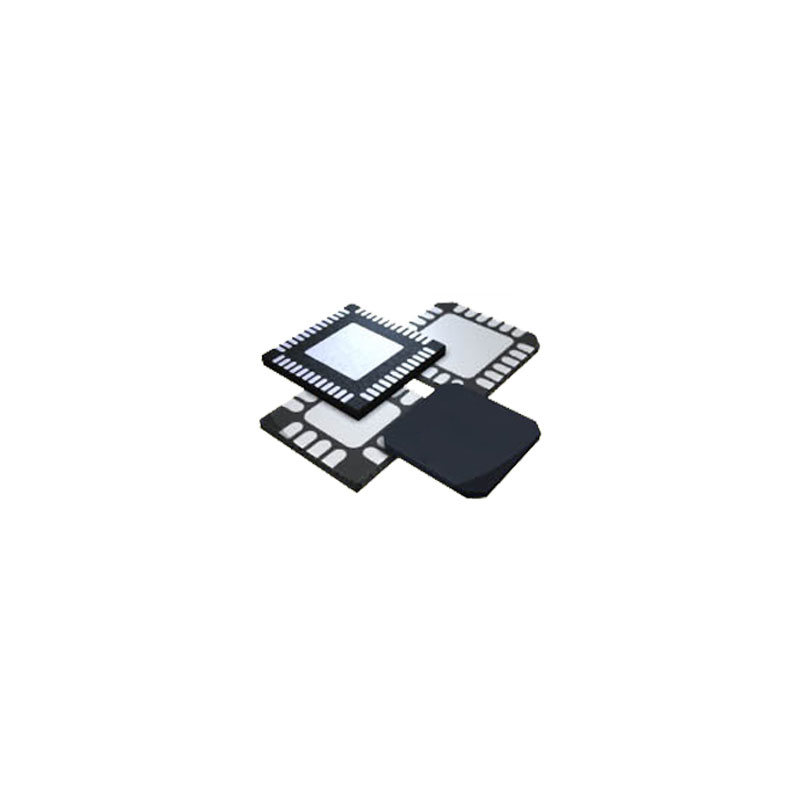
FUSB301TMX
ON Semiconductor, LLC
Autonomous USB Type-C Controller with Super Speed Switch Control
-
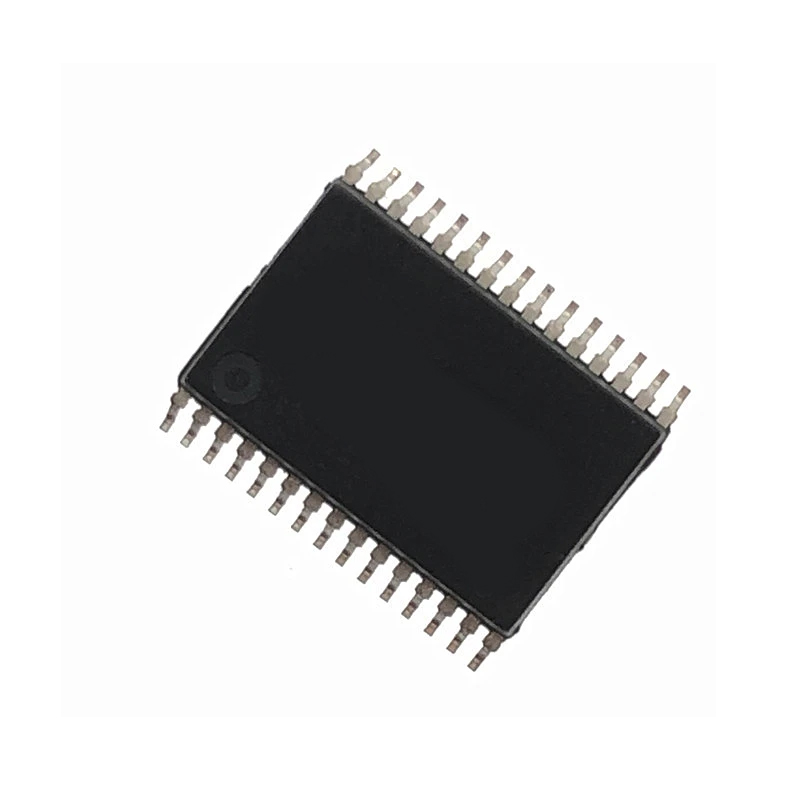
LC7367J
ON Semiconductor, LLC
DTMF/PULSE Switchable Dialer 1.8V/2.5V/3.3V/5V 22-Pin DIP
-
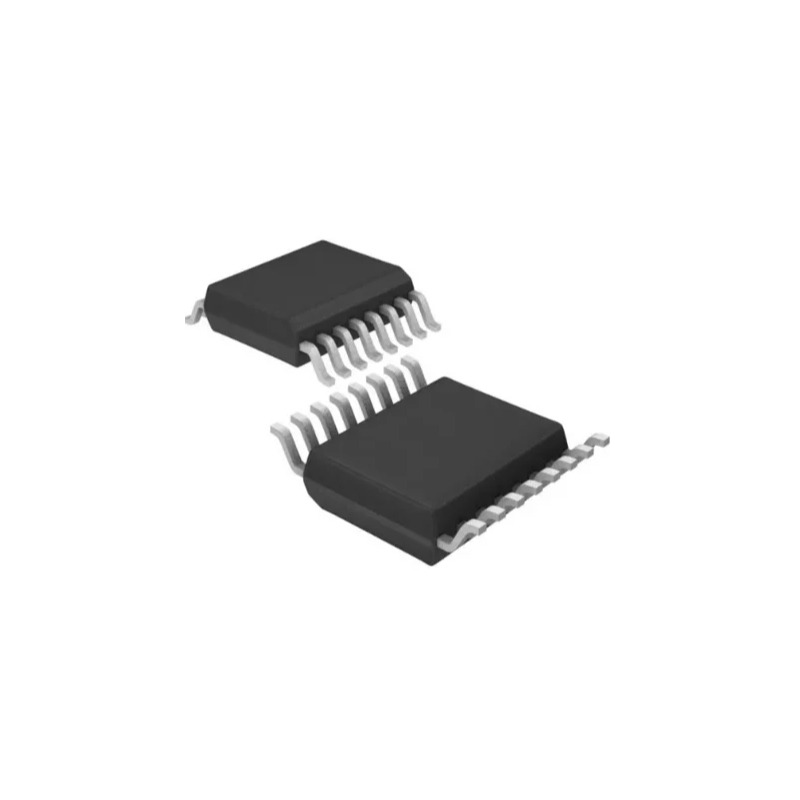
NB2309AI1HDR2G
ON Semiconductor, LLC
Phase Locked Loops - PLL 3.3V Nine Output Zero Delay Buffer
-
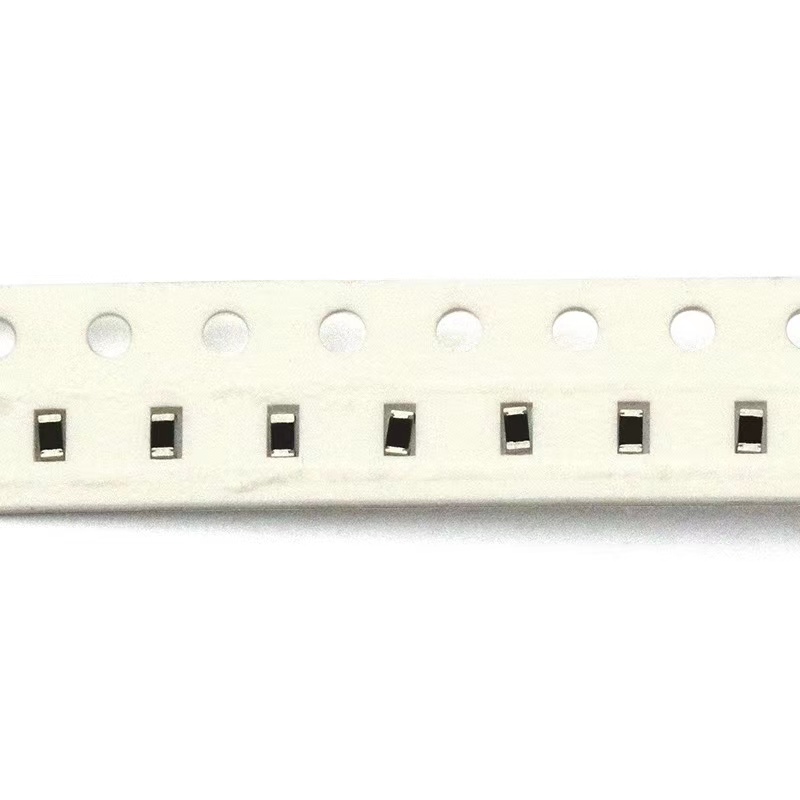
NXH80T120L3Q0S3G
ON Semiconductor, LLC
Power Integrated Module (PIM), T-Type NPC 1200 V, 80 A IGBT, 600 V, 50 A IGBT
-
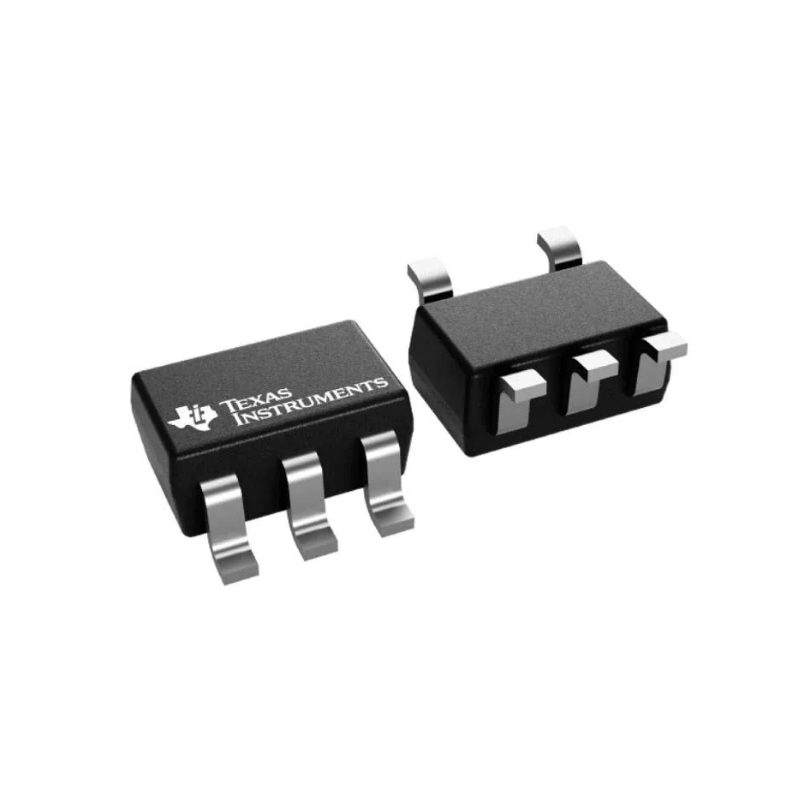
CAT102TDI-GT3
ON Semiconductor, LLC
Shunt Voltage Reference IC Adjustable 0.6V 17.4 VV ±1% 20 mA TSOT-23-5
-
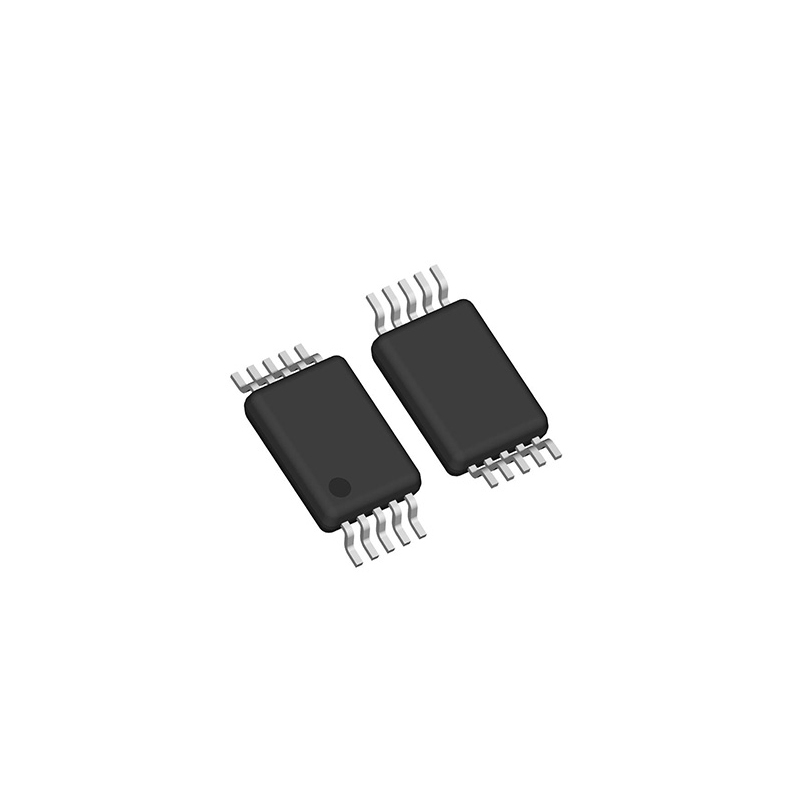
LV5068V-MPB-H
ON Semiconductor, LLC
Switching Regulator/Controller, Current-mode, 0.00008A, 2200kHz Switching Freq-Max, BICMOS, PDSO16
Related Parts
-

VS-150KR40A
Vishay Intertechnology, Inc
Diode 400 V 150A Chassis, Stud Mount DO-205AA (DO-8)
-
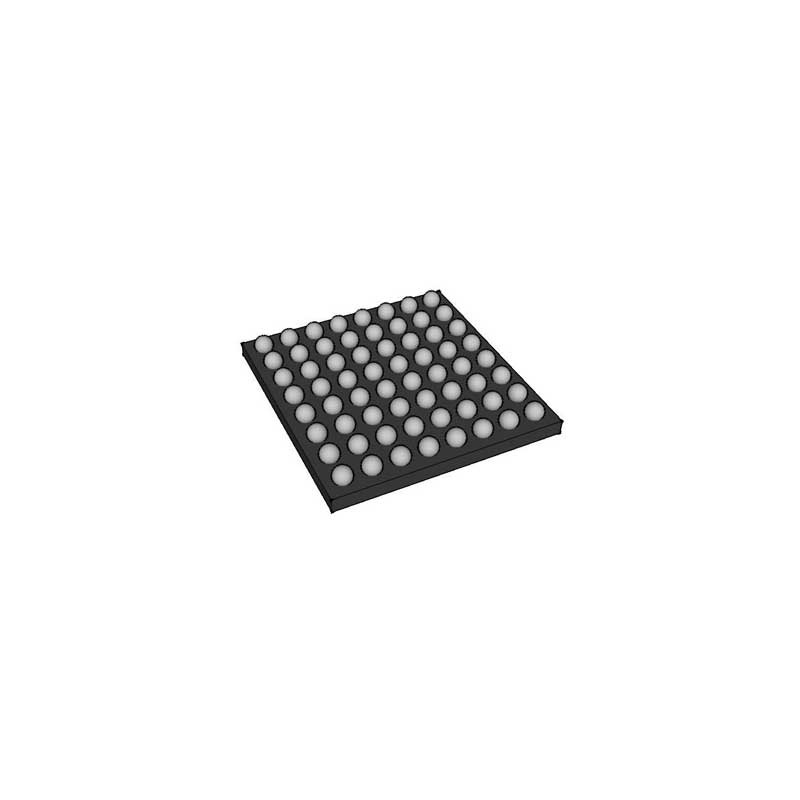
DMJ2092-000
Skyworks Solutions, Inc
Schottky Diodes & Rectifiers Bands S and C Series Pair
-
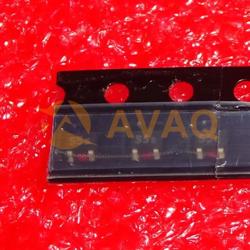
BAT15-05W
Infineon Technologies Corporation
Schottky Diodes & Rectifiers
-

HSMS-286L-TR2G
Broadcom Corporation
Schottky Diodes & Rectifiers 4 VBR 0.3 pF
-

1N5285UR-1
Microchip Technology, Inc
Current Regulator Diode 100V 0.297mA 500mW 2-Pin DO-213AB Bag
-
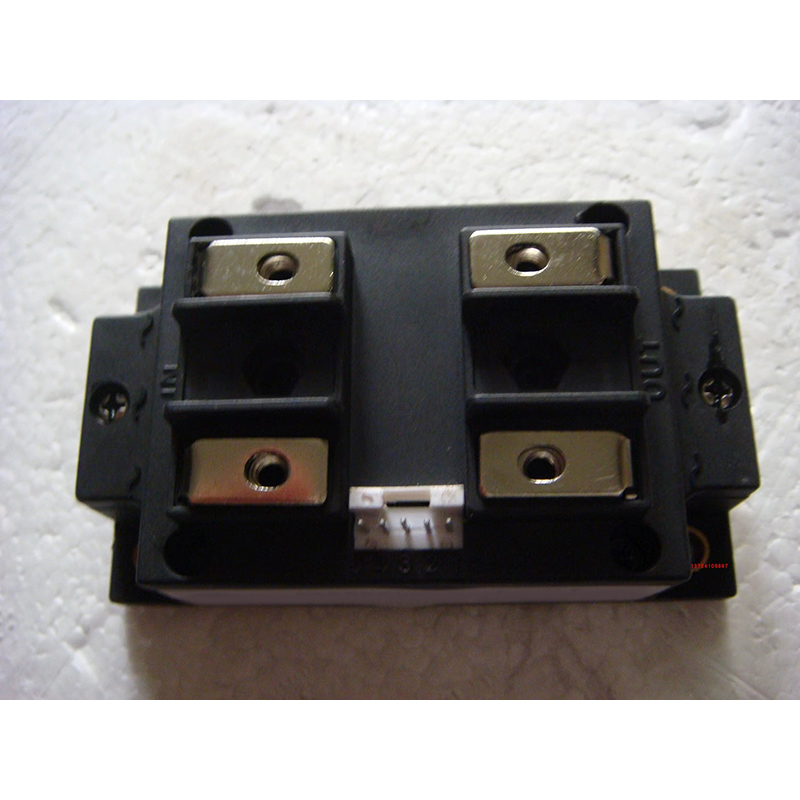
104MT160KB
Vishay Intertechnology, Inc
Bridge Rectifiers 1600V 3 Phase Bridge INT-A-Pak
-
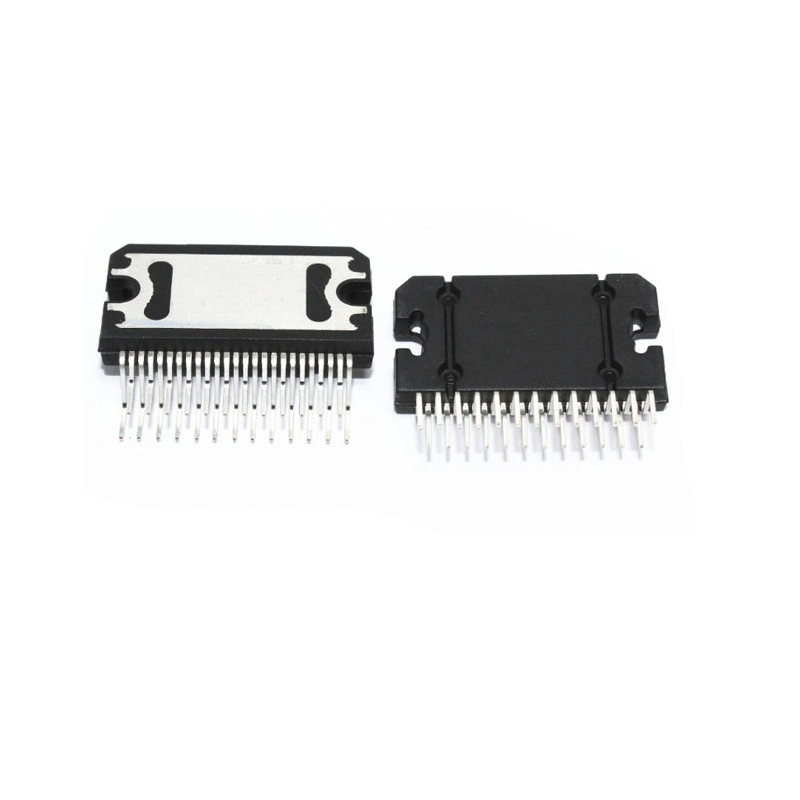
BU2008-E3/45
Vishay Intertechnology, Inc
Bridge Rectifiers 20 Amp 800 Volt
-

BZX84B11VLYT116
ROHM Semiconductor
Zener Diode 11 V 250 mW ±1.82% Surface Mount SOT-23
-
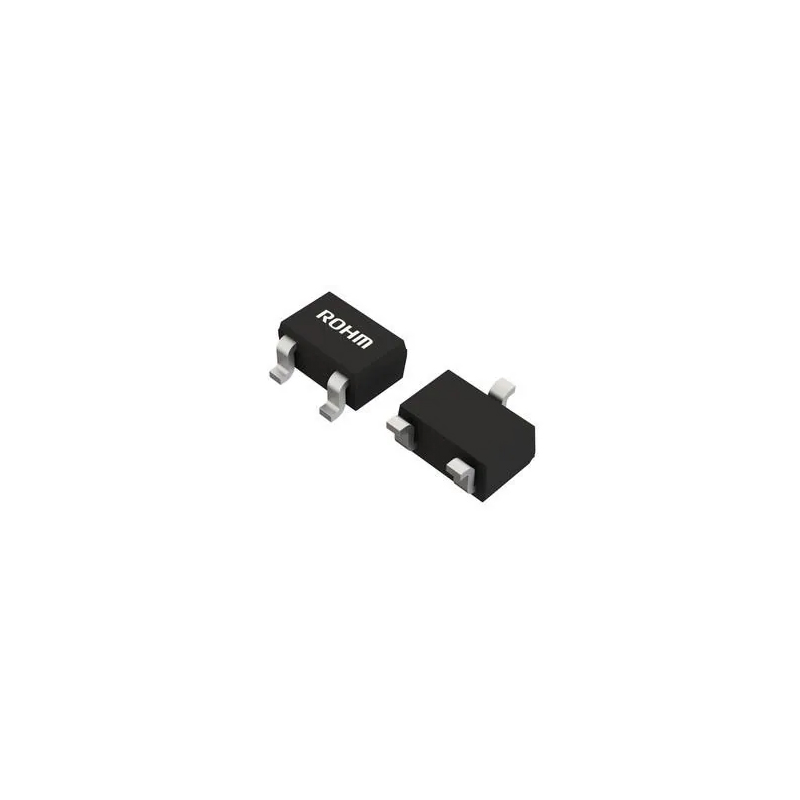
BAT1504WH6327XTSA1
Infineon Technologies Corporation
RF Diode Schottky - 1 Pair Series Connection 4V 110 mA 100 mW PG-SOT323
-

DMJ2502-000
Skyworks Solutions, Inc
Schottky Diodes & Rectifiers Bands S and C Ring Quad
-

BZX8450-C5V1-QR
Nexperia Semiconductor (NXP)
Low-current voltage regulator diodes in a small SOT23 (TO-236AB) Surface-Mounted Device (SMD) plastic package.
-

JAN1N5285-1/TR
Microchip Technology, Inc
Current Regulator Diodes Current Regulators
-

BZV55-B3V0,115
Nexperia Semiconductor (NXP)
Voltage regulator diodes
-
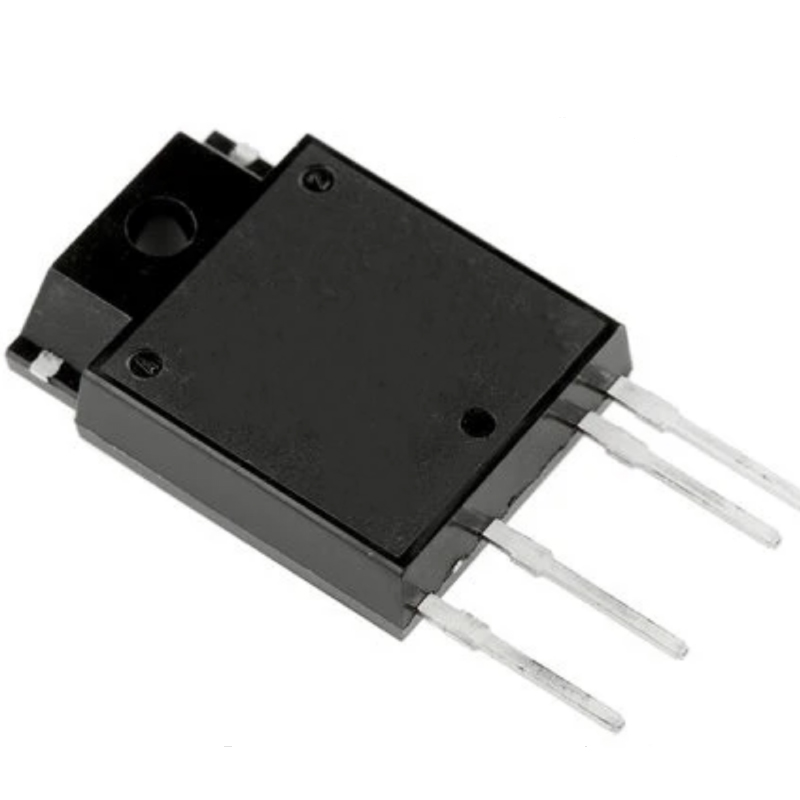
DBI25-12A
Diotec Semiconductor AG
Bridge Rectifier Three Phase Standard 1.2 kV Through Hole DBI-A
-

JAN1N5307UR-1
Microchip Technology, Inc
Current Regulator Diode 100V 2.64mA 500mW 2-Pin DO-213AB Bag

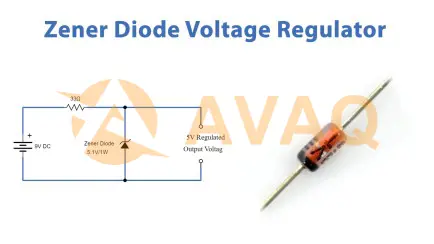
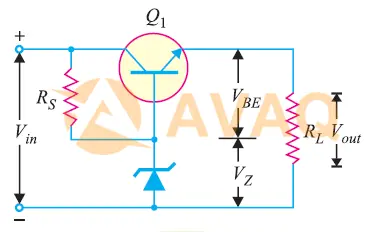
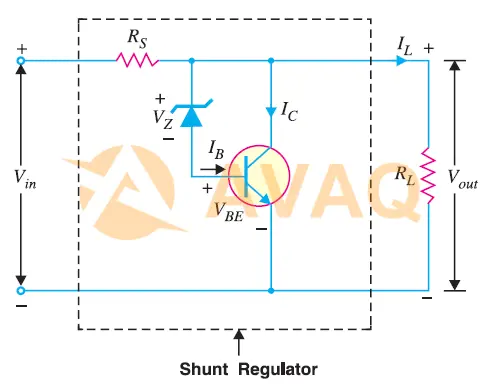
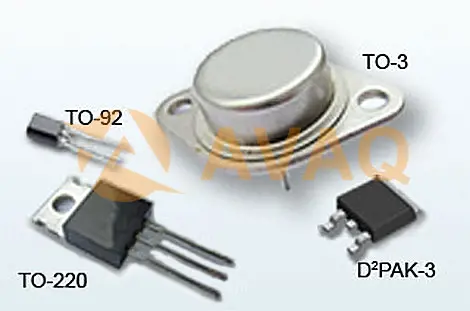
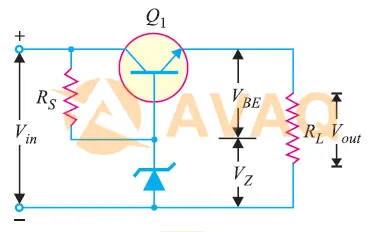
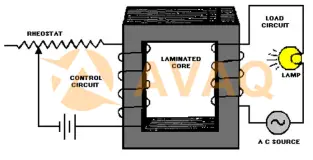
 Update Time: Jul 17, 2023 Consumer Electronics
Update Time: Jul 17, 2023 Consumer Electronics